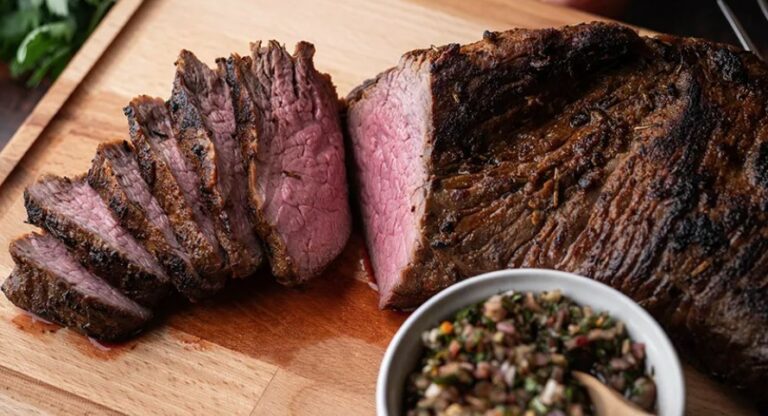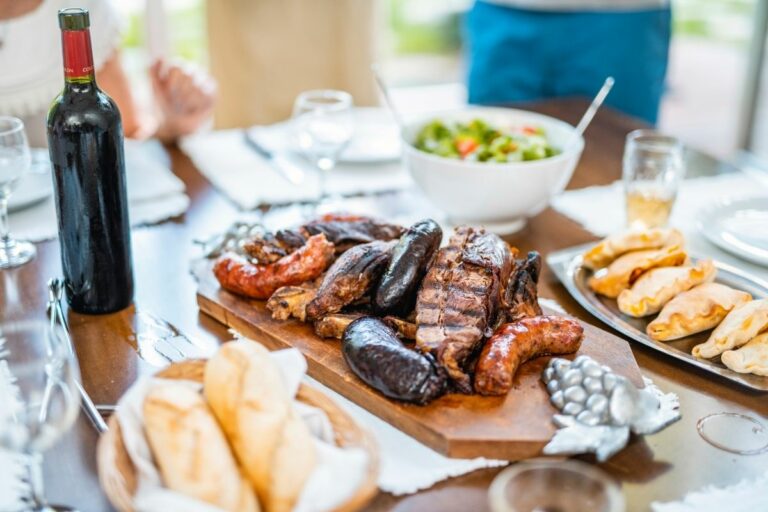Introduction: Exploring the Argentine cuisine
Argentina is known for its delicious meats, wines, and pastries. However, the country’s cuisine also boasts a wide variety of soups, each with their own unique flavors and ingredients. Argentine soups are often hearty and filling, reflecting the country’s rugged and rural history.
Brief history of Argentine soups
The origins of Argentine soups date back to the indigenous communities that inhabited the region before the arrival of the Spanish. These communities used local ingredients such as potatoes, corn, and beans to create hearty and nutritious soups. Later, Spanish colonizers brought their own culinary traditions to Argentina, which were then adapted and blended with local ingredients to create new dishes.
Common ingredients in Argentine soups
Some of the common ingredients used in Argentine soups include corn, beans, potatoes, pumpkin, and meat – usually beef or chicken. Other ingredients such as onions, garlic, and peppers are also common in Argentine cuisine and are often used to add flavor and depth to soups.
Locro: The most traditional Argentine soup
Locro is widely considered the most traditional Argentine soup. It originated in the Andean region of Argentina and is typically made with corn, beans, meat, and potatoes. The soup is often flavored with spices such as cumin and paprika, and is usually served with a side of crusty bread.
Other traditional Argentine soups
Other traditional Argentine soups include carbonada, which is made with beef, potatoes, corn, and pumpkin, and is often flavored with cinnamon and cloves. Another popular Argentine soup is mondongo, which is made with tripe, potatoes, carrots, and celery. It is often seasoned with paprika and served with a side of rice.
Regional variations in Argentine soups
There are also regional variations in Argentine soups. For example, in the northern regions of the country, soups are often made with llama or goat meat, while in the coastal regions, seafood is often used as a primary ingredient.
Modern twists on traditional Argentine soups
In recent years, chefs in Argentina have been putting a modern twist on traditional soups. For example, locro is sometimes garnished with crispy bacon or topped with a poached egg. Carbonada is often served as a stew rather than a soup, and may include additional vegetables such as zucchini and sweet potatoes.
Conclusion: Argentine soups, a cultural delight.
Argentine soups are a delicious and integral part of the country’s culinary tradition. From the hearty and filling locro to the flavorful and aromatic carbonada, Argentine soups offer a taste of the country’s history and culture. With their unique ingredients and regional variations, these soups are sure to delight any food lover.






![Can you recommend some Argentine restaurants in [city]?](https://foodnerdy.com/blog/wp-content/uploads/2023/05/9-6-768x404.jpg)
